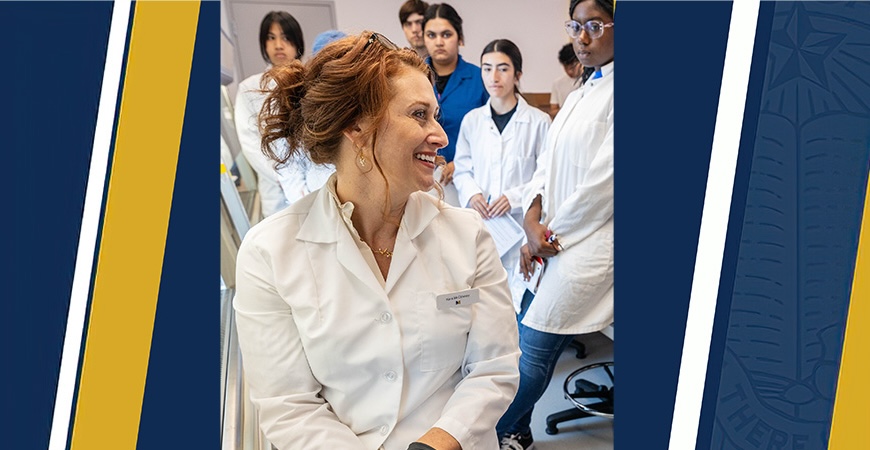
A diverse group of students participated in a stem cell training pilot program at UC Merced this summer.
It was the second summer for the Training Undergrads in Stem Cell Engineering and Biology (TUSCEB) program, funded through the California Institute of Regenerative Medicine (CIRM). It's a collaborative effort between the schools of Natural Sciences and Engineering led by professors Kara McCloskey and Jennifer Manilay and serviced through the university's Health Sciences Research Institute (HSRI).
Ten students per cohort participate in the program, which develops skills for biotechnology and research-based activities across three academic semesters and two summer sessions.
The program provides valuable opportunities for research in various science disciplines and introduces students to potential career paths in regenerative medicine, according to its website.
"TUSCEB was an appealing program to me as it is my dream to eventually work in the biotech industry," said Rachel Kalthof, a UC Merced student from Fremont majoring in molecular and cell biology. "The program is dedicated to equipping undergraduate students with employable and relevant skills in the fields of regenerative medicine and biotechnology to satisfy industry hiring needs."
Ryan Schwerdtfeger said he learned about the program during his second year and threw together a quick application on the last day but wasn't accepted. That rejection motivated him to work on his application ahead of the following year's application cycle.
"I explored it a little more and saw what skills I wanted to develop," said Schwerdtfeger, who came to UC Merced from San Diego. "OK, I know I want to do this now. I took it very seriously and I got in the second time."
In addition to the core curriculum and a capstone project, students engage in supplementary experiences integrated throughout the program. These experiences encompass undergraduate research, external industry internships, professional development, one-on-one mentoring, patient and health care engagement activities and community outreach efforts.
Schwerdtfeger said students learned several aspects of working with stem cells. "We learned flow cytometry (a process using lasers to detect and analyze chemical and physical characteristics of cells). It's a valuable skill in industrial practices," he said.
"It's a lot of technical knowledge all at once," Schwerdtfeger continued. "But once you understand it, it's such a cool and fascinating contraption - like the fact we can analyze single cells at a time."
Though the program isn't easy, it is rewarding.
Kalthof said the most appealing part of the program was the opportunity to meet and be matched with industry partners through eight- to 10-week internships.
"Another appealing part of the program is the $18,000 ayear stipend, which is disseminated over the length of the program," Kalthof said. "I would recommend the TUSCEB program for biology or bioengineering students with an interest in stem cells andor regenerative medicine who are looking to work industry jobs in the future."
TUSCEB also partnered with the Undergraduate Research Opportunities Center's Summer Undergraduate Research Institute (SURI). The institute provided information regarding graduate school and hosted activities including overviews of graduate programs, graduate alumni panels and an end-of-summer symposium. SURI also provided feedback on curriculum vitae, personal statement and statement of purpose drafts.
"As a first-generation college student, graduate school had remained one big mystery to me," Kalthof said. "This summer has really geared me toward critically thinking about my future and how best to pave the path I wish to see for myself. It is my goal to get into a top graduate program where I will pursue an advanced degree."
TUSCEB will recruit the next cohort soon. Applications open Sept. 1. More information is available here.
.